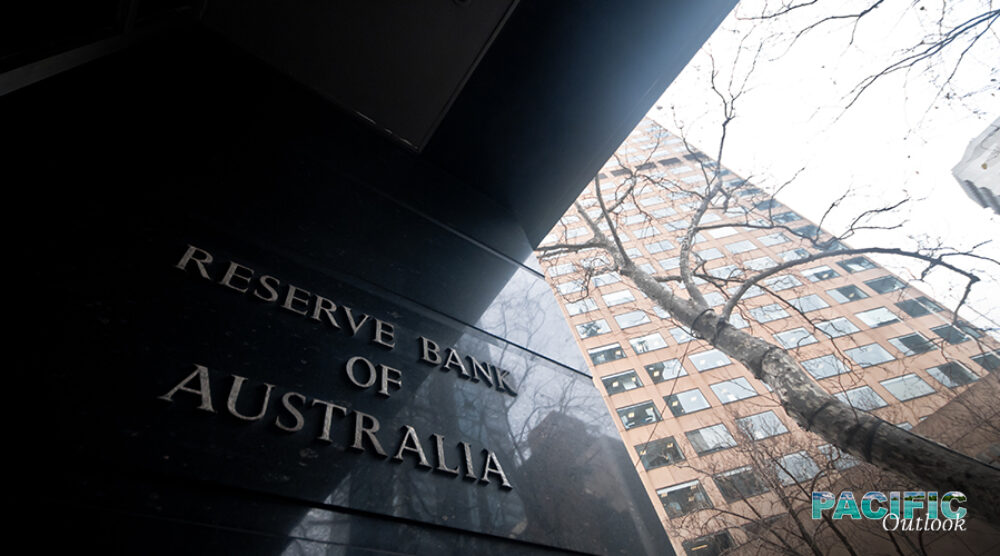The eagerly awaited Reserve Bank of Australia (RBA) Review report was delivered in May 2023. The anticipation stemmed from two key factors: RBA’s functions and roles had not been comprehensively reviewed in decades and public sentiments had gained much momentum; the latter, founded on the public’s dissatisfaction with how RBA had handled its monetary policy strategy and communications in recent times.
Good job, overall
Overall, the Review, based on “hundreds of interviews and submissions, 12 focus groups and more than 1,000 survey responses from RBA staff, members of the public to world-leading monetary policy experts” found that RBA has been doing a reasonably good job. However, it makes several recommendations to make “RBA fit for the future”, covering “governance, monetary policy framework, culture, and systems of the RBA”.
Research takes centre stage
A striking element in the recommendations and otherwise in the report is reference to the phrase “research”; it appears 186 times in the 292-page report, i.e. once at least every 1.5 pages. To exemplify, the report recommends that:
- The RBA should strengthen the role of research in policy formulation by developing a new research strategy
- The RBA and Treasury should also work more with outside researchers to advance understanding of policy interactions by developing a program to promote applied research on monetary, fiscal and financial policy across universities and think tanks
- Convene an expert advisory group to hear external views on the economy and outlook, policy issues and strategy, and research
- A more expert group of decision makers, engaging in a deeper consideration of the issues, and interacting more with staff, can be expected to increase the demand for analysis and research as supporting evidence for their policy choices. This will support a stronger culture of research, challenge and debate within the RBA.
Lessons for Pacific policymakers
In conjunction with the phrase “research” are expressions like strengthen the role of research, research strategy, work more with outside researchers, promote applied research, culture of research, research capability, research insights, empirical research, research practices, research agenda, research priorities, depth of research, value of research, research that is objective and forthright, research playing a greater role in promoting healthy challenge and debate at the RBA, Research Discussion Paper series, research in peer reviewed journals, research skills.
If policymakers elsewhere—including in the Pacific—where the RBA is held in high esteem, particularly among the central banks, were to take any lessons away from the Review, the above could be a good starting point. A fundamental question that may be asked is what role has “research” played in what we do?
Pacific policymakers, including central banks, who are partners of Griffith University’s Pacific Islands Centre for Development Policy and Research (PICDPR), would likely embrace this recommendation. Working in collaboration with Griffith University’s academics and researchers, PICDPR’s Pacific Partners have been actively fostering research capacity in their institutions. In doing so, these Pacific Partners have shown a strong commitment to visionary initiatives.
In addition to publishing peer-reviewed joint working papers, the Pacific Partners have been publishing in peer-reviewed, international journals, and convening regional research seminars, symposiums and conferences, among others. The research to policy transition is also beginning to take shape.
Research is critical not only for evidence-based policymaking in the areas of monetary policy, price stability, and financial system stability, it is equally important for emerging areas of risks and opportunities relating to digital financial services, cybersecurity, financial inclusion, remittances, and labour mobility. PICDPR’s Pacific partners are on the right trajectory.
Dr Parmendra Sharma, is a member of the Griffith Asia Institute and Convenor, Pacific Island Centre for Development Policy and Research.
The views expressed in this article are those of the author(s) and do not necessarily represent the position of the above-mentioned institution. For more information about Pacific island economies, visit Pacific Island Centre for Development and Policy Research.








